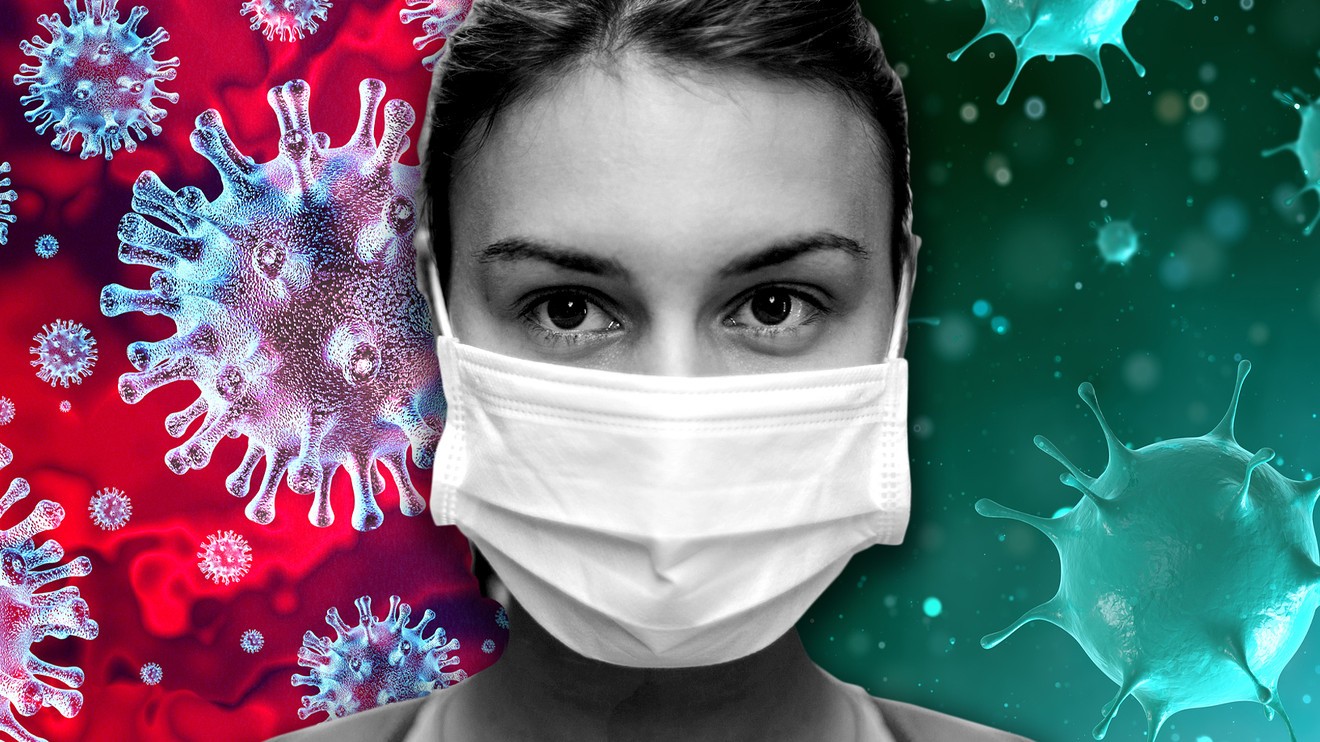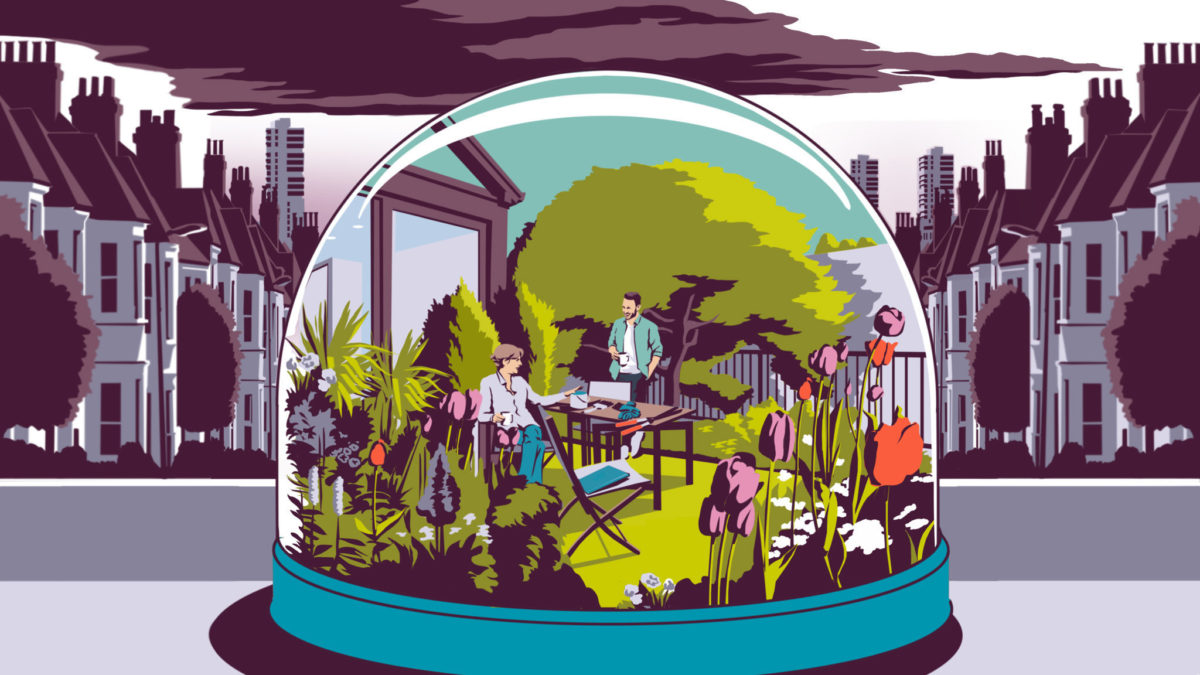Scientists Discover Six Different Types of COVID-19!
It’s been over seven months since the coronavirus wreaked havoc on the world and even today,
it shows no signs of abating. What’s even more worrisome is the fact that to this date, scientists
are not aware of the full potential of the coronavirus. However, a recent study by scientists
at King’s College, London, does provide some relief. Researchers claim that the possibility of a
patient requiring medical attention in the second week of COVID-19 can be determined by
his/her onset of symptoms in the first week.
Dr. Claire Steves from King’s College, says, “These findings have important implications for
care and monitoring of people who are most vulnerable to severe COVID-19. If you can predict
who these people are on day five, you have time to give them support and early
interventions…..simple care that can be given at home, preventing hospitalizations, and saving
lives.”
Scientists examined over 1600 COVID-19 patients from the U.S. and UK who first logged their
symptoms during March and April. The study suggests that there are six distinct types of
coronavirus which appear in clusters of symptoms in COVID-19 patients. Moreover, most of
the COVID-19 patients who require ventilation, visit their nearby hospital 13 days after the
onset of symptoms.
Classification of Clusters of Symptoms:
According to scientists at King’s College, London, you can break down the cluster of symptoms
into two groups. The first set of clusters subsuming less severe symptoms are more prevalent
in the younger generation. The second set of cluster subsuming the more severe symptoms is
generally seen in older individuals and people with comorbidities. Take a look!
1. Flu-like symptoms with no signs of fever: Headache, sore throat, body pains, loss of
sense of smell, chest pain.
2. Flu-like symptoms with fever: Cough, sore throat, body pains, loss of sense of smell,
fever, loss of appetite.
3. Gastrointestinal: Headache, loss of sense of smell, loss of appetite, chest pain, sore
throat, no cough.
4. Severe Level I: Hoarseness, chest pain, loss of sense of smell, fever, cough, fatigue.
5. Severe Level II: Loss of appetite, loss of sense of smell, fatigue, chest pain, headache,
cough, fever, muscle pain, confusion.
6. Severe Level III: Headache, loss of appetite, fever, cough, loss of sense of smell,
hoarseness, fatigue, confusion, muscle pain, chest pain, abdominal pain, diarrhea,
shortness of breath.
What do the Results of the Research Indicate?
The results suggest that the maximum number of patients fall in the first category of less
severe symptoms. According to the results, 462 patients fall in the first category, 315 in the
second, 216 in the third, 280 in the fourth, 213 in the fifth, and 167 in the sixth cluster of
symptoms.
Headache and loss of sense of smell we’re the most common symptoms among patients of all
clusters. However, what happens after the first stage of symptoms is what sets each category
apart. In the case of severe COVID-19 patients, a state of confusion is the most prominent
symptom after four to five days of the infection. These patients are also more likely to
experience loss of appetite and muscle pain early on in the coronavirus infection.
Patients with less severe symptoms usually do not report any signs of fatigue during their first
week of infection. However, in patients of severe symptom clusters, signs of fatigue can be
noticed only a day or two after the infection. The patients in the sixth cluster of symptoms are
the only ones to experience abdominal pain after five days of COVID-19 infection. Patients who
fall in the sixth category are 20% more likely to require ventilation support.
Doctors across the globe are elated that scientists at King’s College, London, have identified
the “six different types of COVID-19.” This study will indubitably help doctors to provide better
patient care and save more lives!











